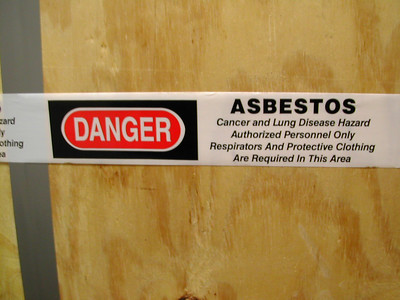In its 2022-23 budget, the California State University system sought a whopping $1B to cover neglected maintenance on its campuses. Many of the system’s buildings have exceeded their useful lives and contribute heavily to the maintenance backlog.
Earlier this year, three Delaware universities appealed to the Delaware State Legislature, seeking $120M to fund new facilities and repair existing ones. In October, Cazenovia College in New York defaulted on a $25M bond, which funded neglected maintenance projects and capital improvements on campus. The 199-year-old school has since announced that it will close following the spring semester.
Neglected maintenance is an unrecorded, yet very dangerous, unrecorded liability to institutions of all sizes. Industry groups have pegged the amount of neglected maintenance on college and university campuses in excess of $1T. Nonetheless, few institutions take any meaningful steps to reduce or eliminate it.
The Michigan State legislature will not authorize capital improvement funds that include a neglected-maintenance component. In that context, the institution must ensure that it does not run afoul of its own maintenance debts.
There are a number of accepted rules-of-thumb regarding the size of an institution’s maintenance budget. One such standard says that the institution’s annual maintenance budget should fall somewhere between 2% and 5% of the institution’s current replacement value. Using this measure, WCC should have an annual budget of about $7.2M. This is 24 times as much as WCC’s current maintenance budget.
Another standard says that an institution should plan to spend somewhere between $1.65 and $2.25 per square foot. Using this measure, WCC should spend between $1.98M and $2.7M annually on facilities maintenance. This is 7-9 times larger than WCC’s current maintenance budget.
Trustees must address neglected maintenance
We elect Trustees to help the College avoid situations like this, and to issue non-negotiable directives (in the form of Board Policies) on acceptable standards for facilities maintenance. Keep in mind, the budget I’m talking about is not meant to address neglected maintenance on campus. This money is intended to address the ordinary planned and unplanned maintenance needs that crop up within any given annual budget cycle. Performing maintenance on time and as required can help an institution avoid developing a backlog of neglected maintenance.
The State will not pay for facilities upkeep and maintenance, so it is doubly necessary for the WCC Trustees to develop bright-line standards for maintenance budgeting. A college campus is a public investment. Failure to maintain a public investment is unacceptable. When the Administration fails to ensure that it completes maintenance in a timely way, we end up with raw sewage in the College Park.
There are all kinds of neglected maintenance projects that are just as unsavory and just as unsanitary as sewage system overflows. Legionella bacteria in the air handlers; black mold in the LA Building; lead in the drinking water; asbestos throughout the buildings, and MRSA in the locker rooms all come to mind. With the advent of COVID-19, air filtration and purification has become significantly more important, but it’s just as important to minimize, neutralize, or eliminate influenza and RSV. Simply put, neglected maintenance jeopardizes public health and safety.
Period.
WCC Board of Trustees doesn’t write its own policies
We don’t have the luxury of having a Board of Trustees that knows how to write its own policies, but the Board must step in and assign unbending responsibility for neglected maintenance to the College’s Chief Executive. Further, the Trustees must also insist that the College’s Chief Financial Officer adheres to standard budgeting practices for annual maintenance and operation, based either on the CRV of the campus ($360M), or on industry recognized expenditures per square foot. $1.65-$2.25/sq ft)
The state of the campus and the health and also well-being of the WCC community are too important to leave these decisions to an Administration that has already demonstrated profound and reckless disregard for the condition of the campus facilities.
Photo Credit: Bolton, via Flickr





























